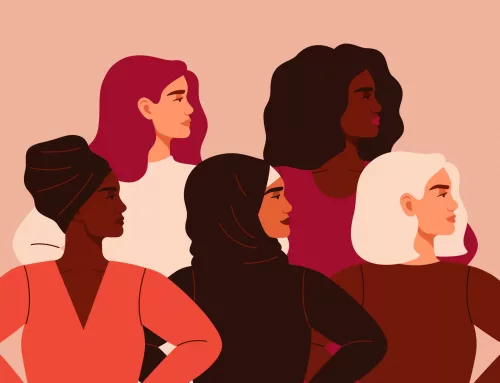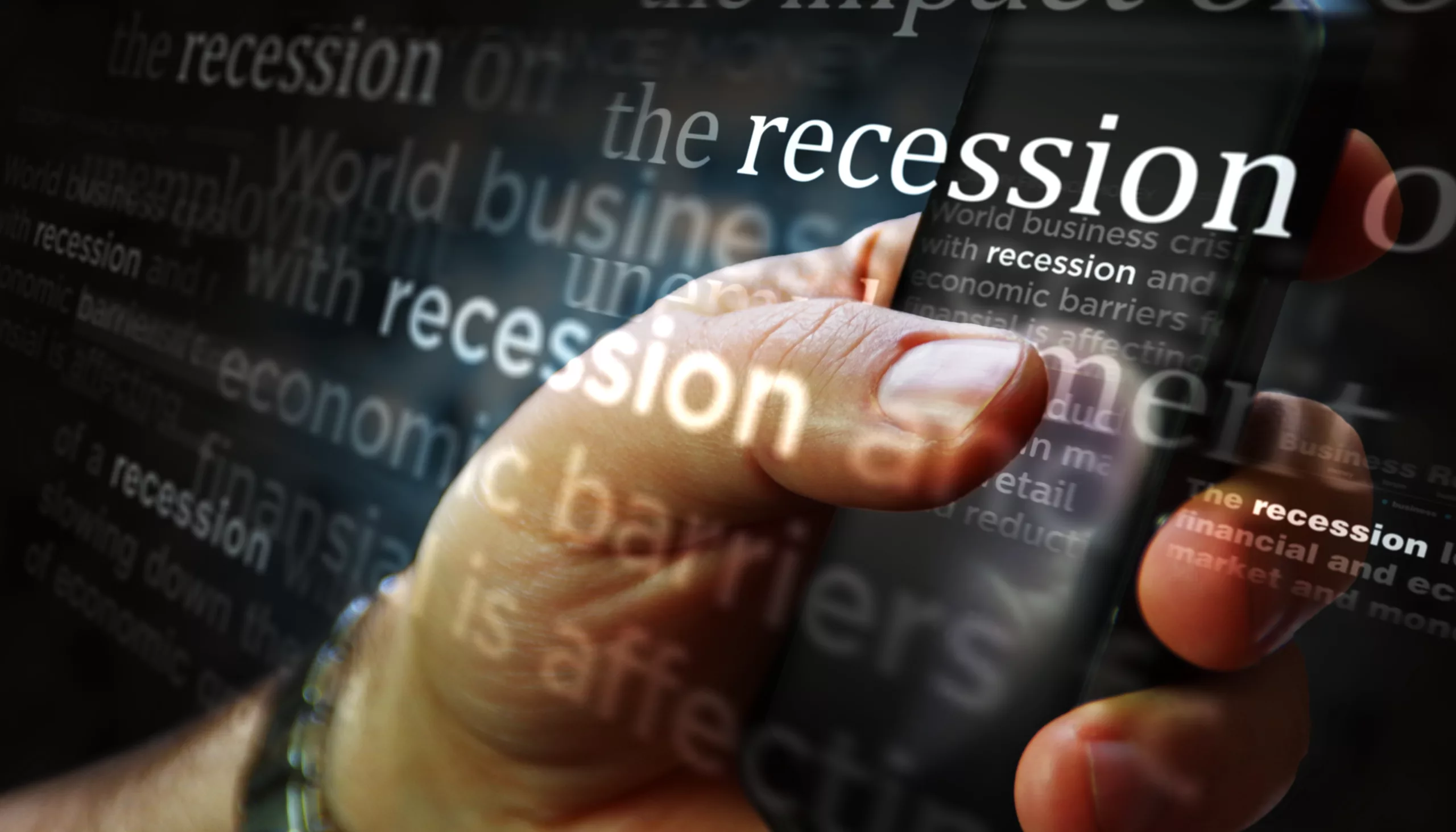25 Women Finance Statistics – Use This to Fuel Change
For most folks paying attention, it will come as little surprise that women finance statistics reveal the fact that there is a lot of work to do when it comes to financial equanimity for half of the human race. The wage gap is well-known by most, with the female workforce clearly bringing in lower earnings than their male peers. And this isn’t just a problem in the U.S. — it is a global phenomenon that has been going on for far too long.
The good news is that things are getting better, albeit slowly. A huge part of the battle to get to equal pay status involves the education and empowerment of women. In the last century alone, we have gone from female students being shamed for going to college or even prevented to pioneering efforts to encourage young girls to get into STEM careers early and often.
Unsurprisingly, economies are proven to do better when a strong female presence in the workforce comes into play. But some old notions about “how things work” are still present and require a little good old-fashioned pushback! The first step is to empower women with knowledge. Understanding what’s going on out there helps lift the curtain on inequities and provides a target for problem-solving. Knowledge really is power. So here are 25 Women Finance Statistics to arm yourself with!
Gender Wage Gap
It’s not just you: the struggle is real. Studies have proven time and again that the gender wage gap in the U.S. is wide and easily discovered. This can harm everything from buying essential items to saving for retirement and even having extra money to put passive income to good use. Dig into these stats and think about how you might be able to effect some change.
- Women earn just 82 cents for every dollar men earn. The Institute for Women’s Policy Research published a report showing racial groups see even lower numbers, with Black women only hitting 63 cents, Native women at 60 cents, and Latina women at 55 cents.
- Women get raises about 15% of the time, while men get them about 20% of the time — even though they ask just as often. This came from a study by the Harvard business institute and can point to both bias and less financial power for women.
- Women don’t get paid for a lot of work, especially in the caregiving department. Up to 75% of caregivers in the home are women, and on average, they spend about 35 hours per week taking care of kids, sick, and older family members. It’s a job, and it gets no pay.
- On average, parents give boys twice as much allowance as girls, according to a USA Today report. This means that at an early age, both men and women are being taught they don’t share the same financial value as human beings.
- A stunning 30% of single moms live below the poverty line, while only 17% of single dads do. This kind of outlier statistic shows how pay gap realities reverberate deep into home life.
- Women lose almost $600,000 in lifetime earnings compared to men when looking at a 40-year career timeline, as reported in Time magazine. Right there, you are looking at retirement impacts.
- Even when women earn a bachelor’s degree in college, they make less than men who only have a high school degree. Over a lifetime, that better-educated woman in the U.S. makes $1.3 million while the less-educated man makes $2.19 million.
- If you think things are better at the top, think again! A survey by Catalyst reveals that out of the Fortune 500 companies, only 29 have women CEOs. That leaves 471 men at that pay level, or only 6% of women achieving those earnings.
- Women hit their peak earning years around age 44, while men get another 11 years for their highest level, at about age 55. So men get fatter paychecks for more than a decade longer.
Women Financial Statistics Around Debt
This next section will look beyond earnings — at how women fare on the global debt paradigm can also put them at institutional disadvantages. Affecting everything from student loans to acquiring a credit card, it only adds to the wage gap scenario.
- Men are granted larger loans than women on average. Credit ratings giant Experian published a report showing men have larger loan balances by thousands of dollars, proof they get granted larger loans.
- Financial giant JP Morgan Chase did their own study, which showed that women carry a far larger burden when it comes to medical debt. This is directly correlated to the wage gap, allowing men to have more ability to service medical debt than women.
- S. News & World Report published an exposé on credit card debt gaps between men and women. At all ages, women bear about twice as much debt on their cards as men. This is a red flag to get working on lowering it.
- When it comes to student debt, the gender gap is very stark. Women hold about 2/3 of all student loan debt while only representing about half of all enrolled students. That’s why it’s important for women to look into student loan forgiveness.
- Student loans get even tougher for Black women. A study revealed that their overall debt grows 13% higher than average due to compound interest, making repayment harder.
- Another study showed that 44% of white men had paid off their student loans a dozen years after graduating, while only 28% of white women did. Again, this reflects the pay gap.
- Mortgages are another area where we see huge differences between men and women. NBC News proved that it’s harder for women to get a mortgage than for men.
- Women can also expect to pay more on average than men, with mortgages being half a percent higher on average. This can sometimes lead to extraordinary solutions to remedy the issue.
Overall Wealth Gap
Looking at the wage gap and debt gap shows a lot of the challenges women face financially. Lower earnings all around harm a multitude of fiscal prospects. It’s a global issue, but looking at the U.S., we can see yet another gap emerge, this time in how women can manage and help their wealth grow through investment and savings.
- Another credit giant, TransAmerica, ran a survey about retirement savings in the U.S. It Turns out that 70% of women are saving, while 81% of men are.
- When it comes to investing money, a Credit Karma report showed that 40% of men invest in the stock market, while only 22% of women do. This points to the need to educate oneself on how stock markets work.
- Adding up many of these inequities, women face lesser purchasing power. This has led to another hard financial truth: CNBC reported women at five times as likely to live paycheck to paycheck than men are.
- Ever had to work two jobs at once? Women are forced to do it more often than men to make ends meet. A whopping 60% of women reported working two jobs, while half as many men did in a recent survey.
- When it comes to investment strategies, an Ellevest study found yet another gap. Women earning $100,000 or more a year saw up to $1 million in lost investment income over time.
- For women in Black families, the wealth gap is very stark. On average, in the U.S., Black families have just 10% of the wealth that white families do.
- The so-called “pink tax” was exposed in a Good Housekeeping article. Turns out that female-related goods such as feminine hygiene and beauty products tend to be higher priced than similar male products, adding up to $82,000 more women pay in their lives.
- And no surprise here, a Credit Karma report found women are twice as likely to feel more negative about their finances as men do.








